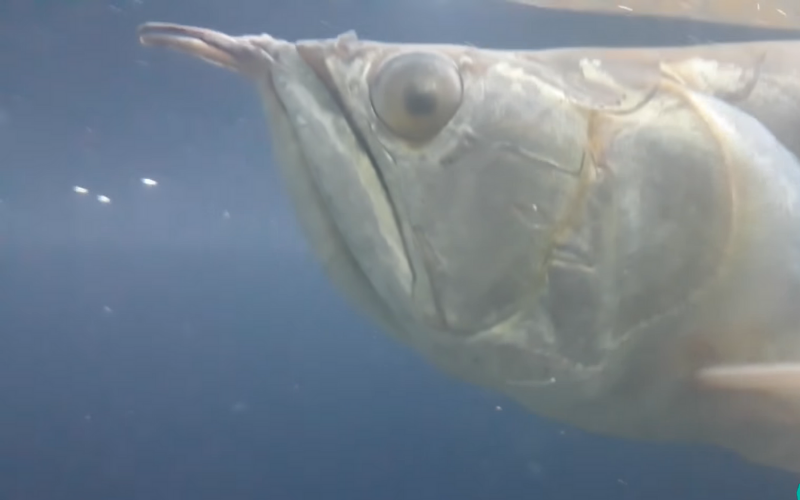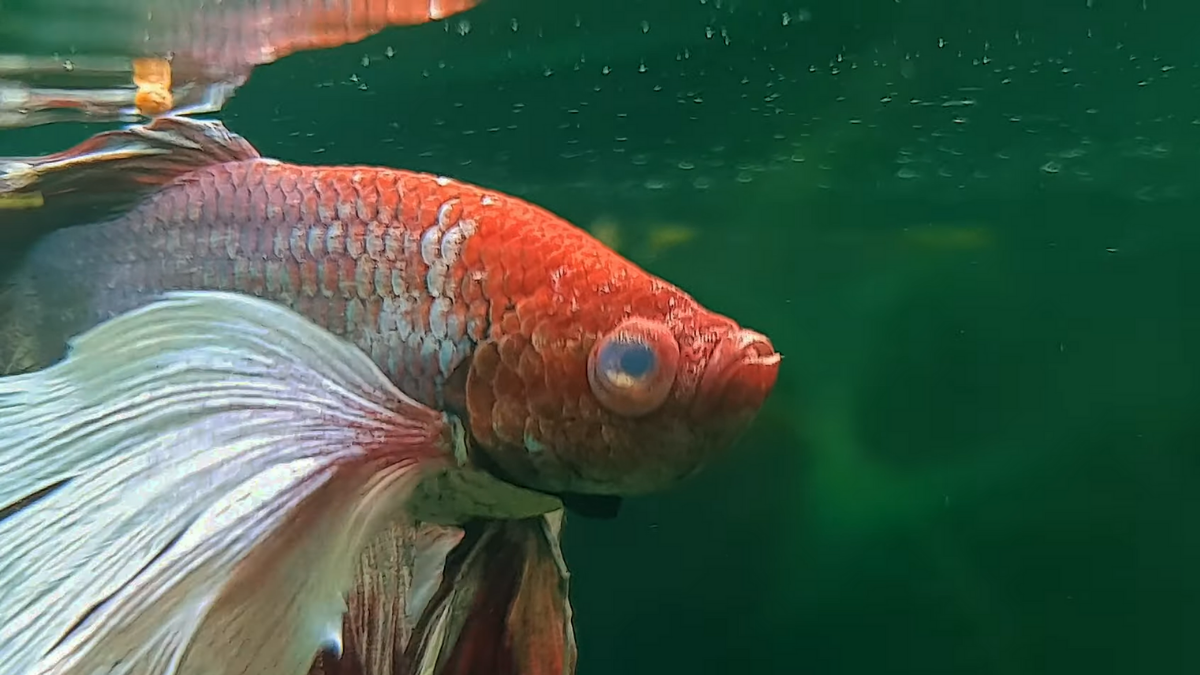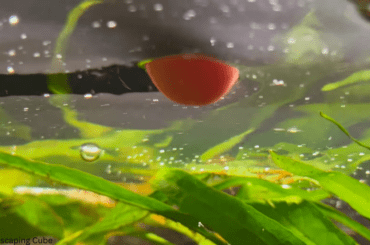The cloudy eye is a very common disease among aquarium fish that can lead them even to death. Let’s talk about what cloudy eye is, what the causes are, and how to cure cloudy eye disease.
Table of contents
What is the Cloudy Eye of Aquarium Fish?
Cloudy Eye is a disease that affects many fish varieties in the aquarium hobby. The infected fish’s eyes get hazy to the point of becoming white, and without treatment, they would lose their entire vision. But in many cases, it can be a sign of another disease rather than a sickness in itself.

Do Cloudy eyes go away with the Treatments?
Yes, Cloudy eyes can be treated and cured. However, you have to identify the disease at an early stage and carry out proper treatments. Otherwise, it can cause loss of vision and even the death of your loving pet fish.
When one of my fish developed cloudy eyes, I was anxious about how long the healing would take. It turns out this can vary quite a bit. Some of my little swimmers have bounced back in just a few days with the right treatment, while others have taken weeks to fully recover. Pinpointing what’s causing the cloudy eye is crucial, as it directs how you treat it.
Cloudy Eye Disease Symptoms
The basic physical symptom of the cloudy eye is as its name suggests. A murky white or gray haze can be appeared on one or both eyes of the fish.
In addition, the fish may display symptoms of discomfort, such as strange behavior and color changes. In the worst-case situation, eyesight loss.

Why does fish get a cloudy eye?
There can be several possible causes of Cloudy Eyes in aquarium fish. Some of the causes are natural, and cloudiness can vanish over time, while some cases become severe. Before treatments, it’s better to identify the cause of the disease.
Poor water quality
Poor water quality is the main cause of cloudy eyes, as is the case with many other aquarium diseases. It weakens the immune system of your fish.
To maintain good water quality in the aquarium, you should have a good idea of the main water parameters, namely, pH, ammonia, nitrates, and nitrates levels. Understanding the Aquarium Nitrogen Cycle and performing regular water changes can reduce the likelihood of poor water quality.

Physical Injuries (Trauma)
Aquarium fish don`t have eyelids to protect their eyes from external emergencies. Therefore, a minor abrasion can cause a localized immune reaction in those who don’t have eyelids to shield their corneas.
As the fish’s immune system swims to the rescue, the cornea on the exterior of the eye might become hazy. These physical injuries cause the majority of clouded eyes in fish.
Most of the time, physical injuries may occur due to sharp edges of tank decorations and other fish attacks. So, try to find the root cause and eliminate it.
Cataracts & Eye Cancers
Cataracts and eye cancers are also caused to the cloudy eyes of aquarium fish. Unfortunately, these cases are somewhat hard to cure. But you can eliminate the risk. There are a lot of factors that can cause cataracts.
High UV exposure and high concentrations of heavy metals in the water raise the risk of different malignancies. Also, it can occur due to natural factors like genetics and the aging of the fish.
To prevent cataracts and eye cancers, always try to use a recommended aquarium light in your fish tank. There are some aquarium lights that emit high UV. If your fish are in an outdoor pond, make some shades that can cover the pond from direct sunlight. Also, test the water hardness and take necessary actions to maintain the right levels.
How do you treat cloudy eyes?
So, as the first step, you should check your water parameters, such as pH, ammonia, and nitrites. If the levels are worse, immediately perform a 75% water change, and once the water quality is good, the fish will normally start to recover on their own within 1-2 weeks.
Also, you can apply aquarium salt with the recommended amount to keep other fungal and bacterial infections away. As well as, there are numerous effective treatments available at your local pet store to address this issue yourself. Follow the guidelines as directed.
But if the damage is severe, immediately contact your fish veterinarian. It’s necessary to start some antibiotics.
In trying to fend off cloudy eye, I experimented with adding aquarium salt to my tank regularly, hoping it would act as a preventative measure. While it does help in keeping my fish in tip-top shape, I’ve learned that it’s not a guaranteed safeguard against cloudy eye. Instead, keeping the water pristine, feeding them well, and ensuring they’re stress-free go a long way in preventing such issues.
I’ve also pondered whether my fish are in pain when they get cloudy eyes. The condition itself might not hurt, but any underlying issues like infections can definitely cause them discomfort. Watching my fish for any unusual behavior has become a routine for me; it’s important to catch these signs early and possibly consult with a vet if things don’t look right.





